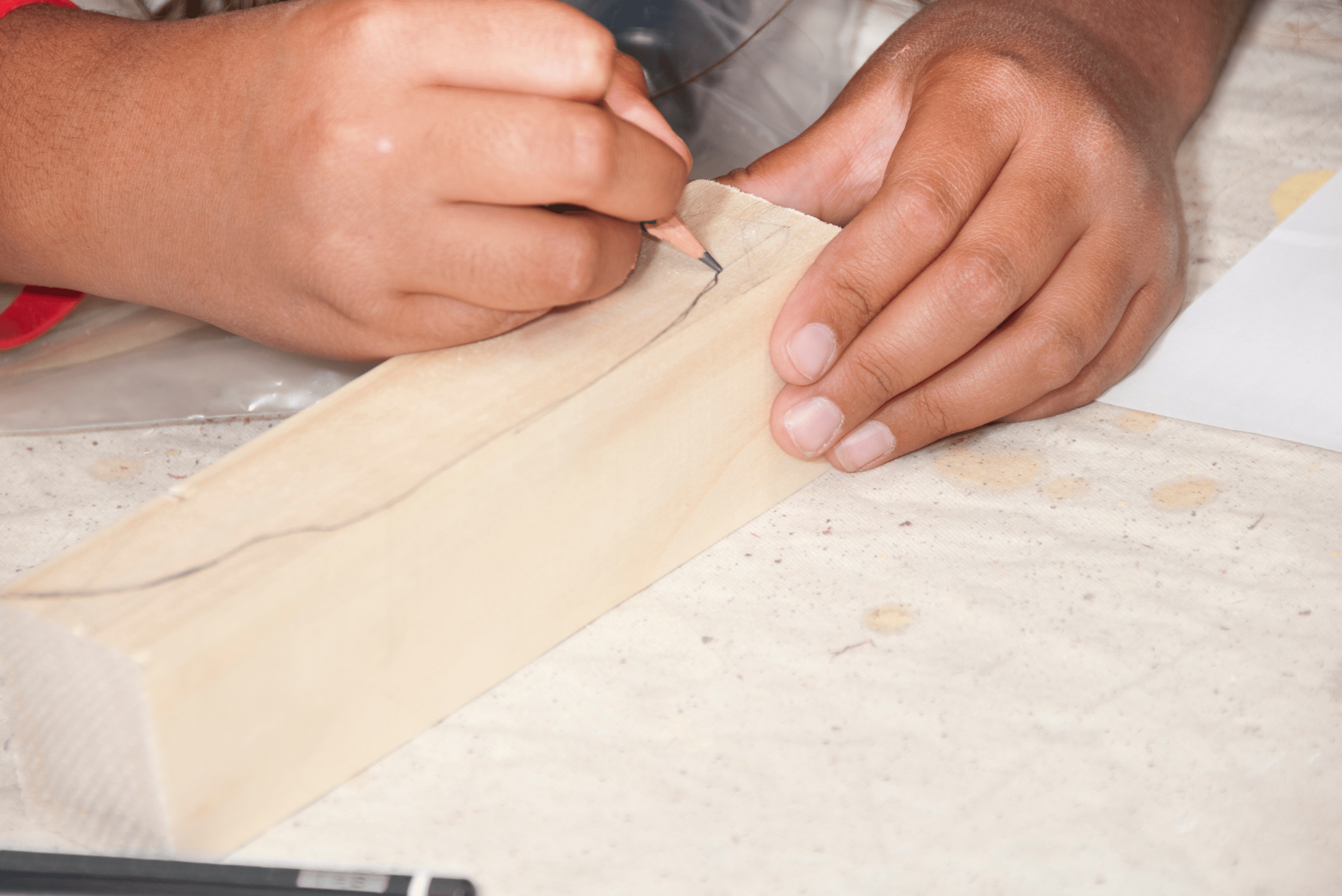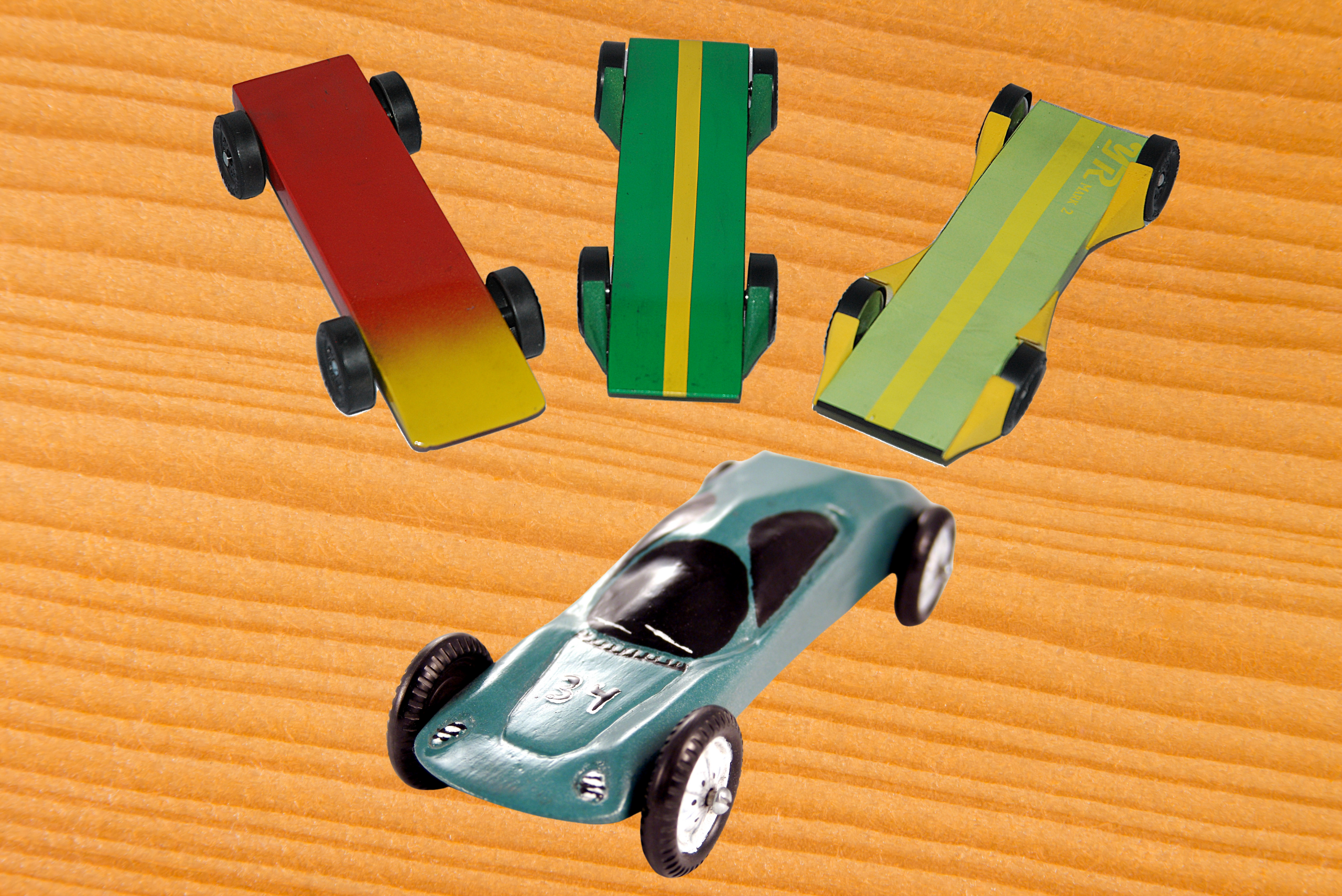DIY Pinewood Derby Car Designs for Ultimate Racing Fun
The world of Pinewood Derby is not just about racing small wooden cars down a track; it’s an adventure in creativity, engineering, and physics. The quest to build the fastest pinewood derby car brings together families, friends, and hobbyists, all in pursuit of speed and aesthetic beauty. This journey begins with a simple block of wood but transforms into an exercise in precision and ingenuity. Let’s get into the world of pinewood derby car designs, exploring how to marry form with function to create not just a fast car but a masterpiece on wheels.
Crafting a Winning Design – The Intersection of Art and Science in Pinewood Derby Cars
The first step in creating a pinewood derby car that stands out at the race track is understanding the balance between art and science. Aesthetics play a significant role, as the design of your car reflects your personality and style. However, the physics behind speed cannot be overlooked. The shape of your car should not only be visually appealing but also aerodynamically efficient.

Streamlined designs that minimize air resistance tend to perform better on the track. Additionally, the distribution of weight in your car is crucial. Placing heavier weights toward the rear of the car can significantly enhance its acceleration down the track due to the gravitational pull.
Material Choices and Their Impact on Your Pinewood Derby Car’s Performance
The materials you choose can also make a considerable difference in your car’s performance. While the main body of the car is typically wood, the type of wood, along with the wheels and axles, can vary. Lighter woods allow for more flexibility in weight distribution, enabling you to add weights where they are most effective.

The quality of the wheels and axles is equally important. Smoother axles and well-lubricated wheels reduce friction, allowing your car to glide more effortlessly down the track. Experimenting with different materials and combinations can help you find the perfect balance for speed and stability.
Innovative Techniques to Enhance Speed – Beyond Traditional Pinewood Derby Car Designs
To truly excel in the pinewood derby, it’s worthwhile to explore beyond traditional car designs and techniques. Aerodynamics can be further improved by paying attention to the smallest details, such as the alignment of the wheels and the smoothness of the car’s surface. Some enthusiasts even go as far as to use wind tunnels to test their designs.

However, experimenting with the placement and type of weights can lead to surprising improvements in speed. It’s this experimental approach, combined with a dash of creativity, that can lead you to discover innovative designs that push the boundaries of what’s possible in pinewood derby racing. A few techniques that you should try include using graphite to lubricate the wheels, smoothen out the axles/wheels (make sure to maintain perfect wheel roundness), reduce weight by baking the wood to remove moisture, and max out weight per competition rules (usually five ounces).
The Role of Trial and Error in Perfecting Your Pinewood Derby Car Design
Perfection in the realm of pinewood derby cars often comes through a process of trial and error. Building a fast car on your first attempt is an achievement, but the real fun lies in the continuous tweaking and testing. Each race provides valuable feedback, allowing you to refine your design and techniques.

Engaging with the Pinewood Derby community, both online and in person, can also offer insights and tips that you may not have considered. The journey to creating the ultimate pinewood derby car is filled with learning opportunities, making each attempt more rewarding than the last.
The world of pinewood derby car designs is vast and varied, offering endless possibilities for creativity and innovation. Whether you’re a seasoned racer or a newcomer to the hobby, the process of designing, building, and racing your car is a rewarding experience. It’s not just about the thrill of competition; it’s about the joy of creation, the satisfaction of problem-solving, and the excitement of seeing your car cross the finish line.
Ready to start your next project? Join our DIY community to receive tool tips, how-to guides, and exclusive creative insights. Subscribe to the ManMadeDIY newsletter now!







